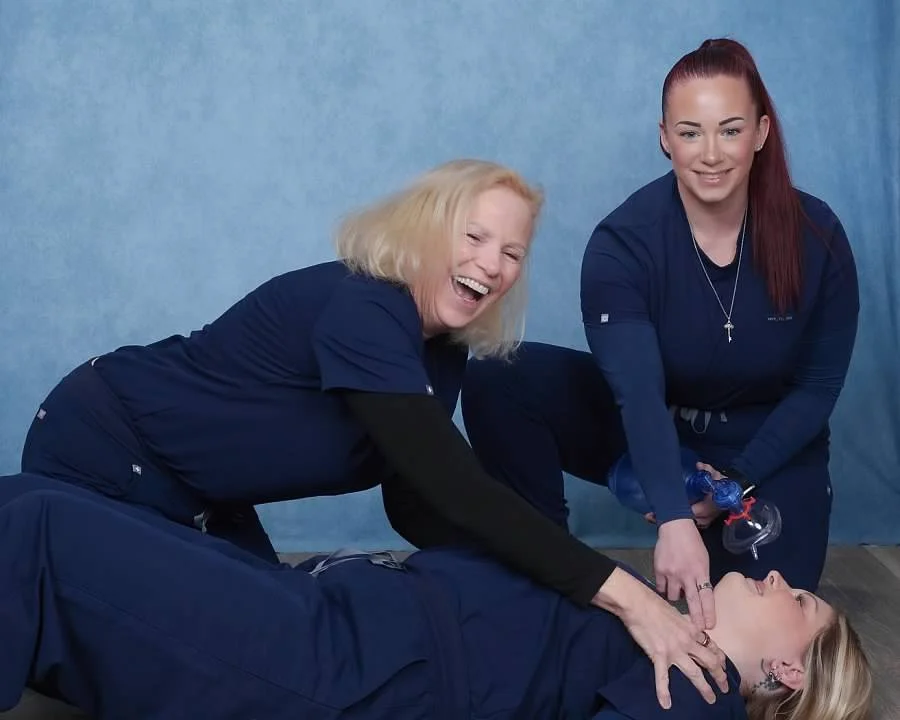The Bystander Effect
Responding to someone in cardiac arrest is one of the most critical actions a person can take — because in those first few minutes, every second truly matters. When the heart stops beating effectively, oxygen can’t reach the brain or other vital organs, and permanent damage or death can occur within minutes.
Why Responding Matters
Immediate action saves lives: Quick, effective CPR and early AED use can double or even triple a person’s chance of survival. Waiting for emergency responders to arrive can take precious minutes that most cardiac arrest victims simply don’t have.
Brain damage begins within minutes: Without oxygen, irreversible brain injury can start in as little as four to six minutes. Immediate CPR helps keep blood and oxygen circulating until professional help arrives.
Anyone can make a difference: You don’t need to be a healthcare professional — hands-on CPR and AED use are designed so that any bystander can save a life with the right training.
The Danger of the Bystander Effect
The bystander effect happens when people assume someone else will step in during an emergency — leading to hesitation, confusion, or inaction. Sadly, in cardiac arrest situations, hesitation can cost a life.
Many people fear “doing it wrong” — but doing something is far better than doing nothing.
The longer it takes for someone to start CPR, the lower the chance of survival becomes — dropping by 7–10% every minute without CPR or defibrillation.
Empowering bystanders with CPR and AED training helps eliminate fear and uncertainty, replacing hesitation with confidence and action.
In Summary
Responding immediately to someone in cardiac arrest can mean the difference between life and death. When bystanders are trained and confident, they don’t wait — they act. That’s why learning CPR and AED use isn’t just a skill — it’s a responsibility that empowers you to turn fear into action and save a life.
